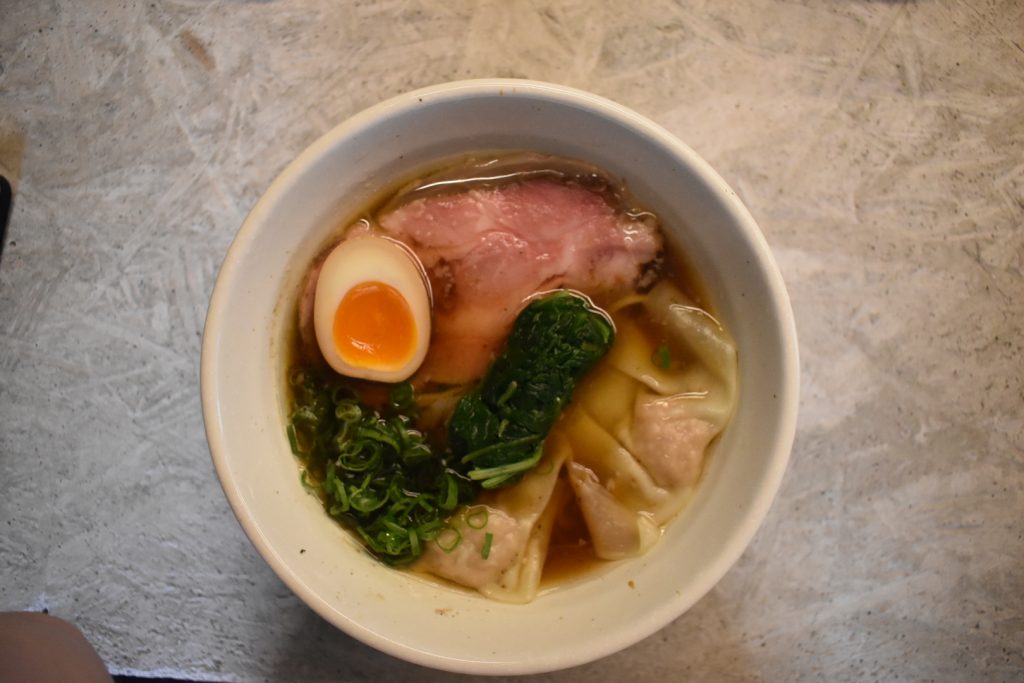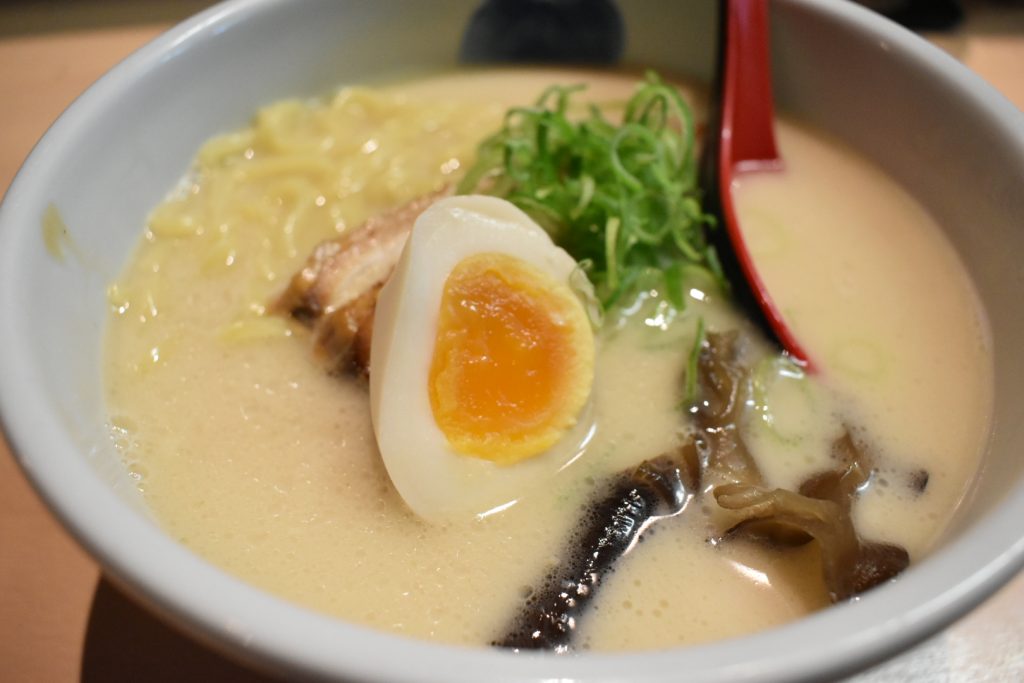A Curious Ramen Lover’s Investigation
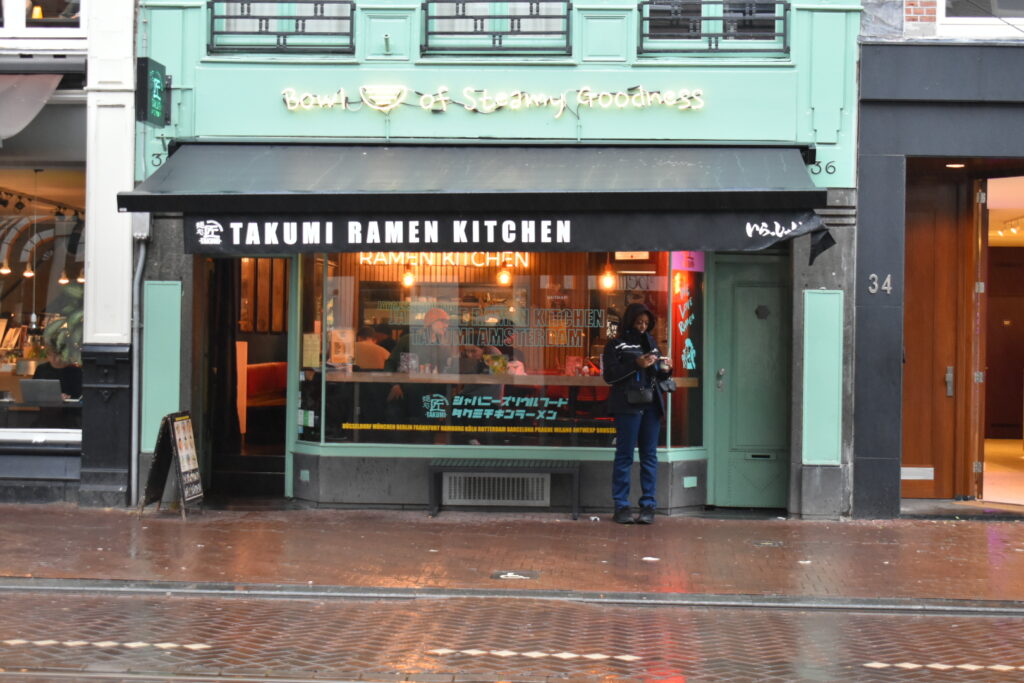
Whenever I pass by Takumi, it’s always full — no matter the time of day.
So I decided to do a little “research” to find out why it’s so popular.
Customer Feedback Snapshot
Before my visit, I’d seen countless glowing reviews about Takumi De Pijp —
people calling it “the best ramen in Amsterdam” and praising its creamy, flavorful broth.
Many described it as “rich, comforting, and perfectly balanced,” with some even saying it’s “worth the wait every single time.”
Across platforms, guests also mention the friendly staff, quick service, and cozy, bustling vibe that make the experience memorable.
Even when people note the restaurant’s compact space or slightly higher prices, most agree it’s “absolutely worth it.”
Overall, the general sentiment is clear: Takumi De Pijp delivers one of Amsterdam’s most beloved ramen experiences — creamy, comforting, and consistently satisfying.
🕵️♀️ First Impressions
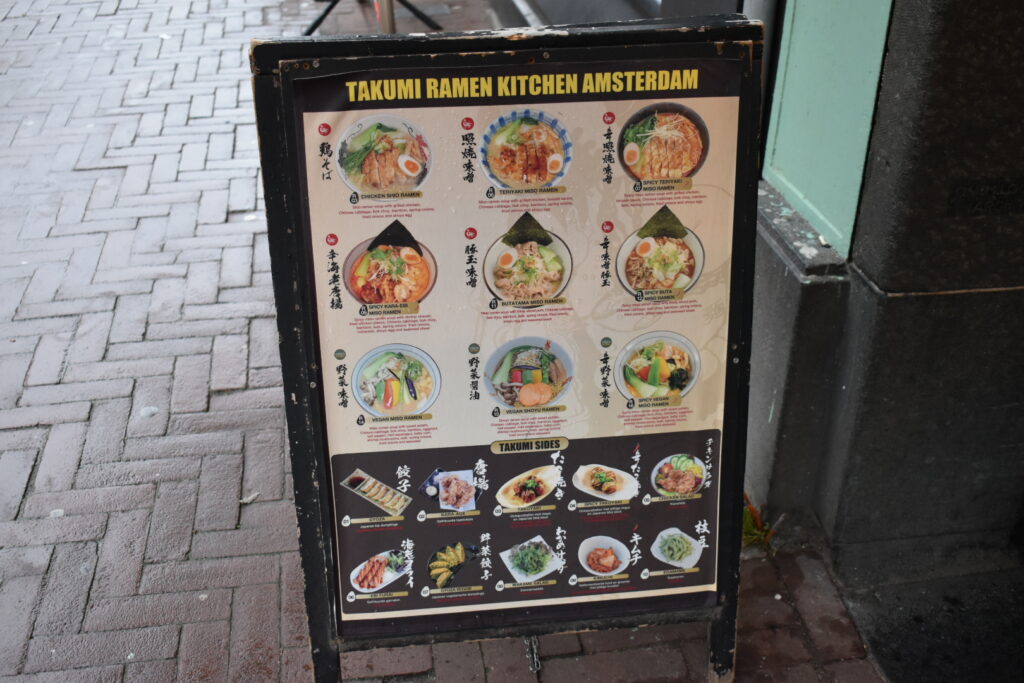
Whenever I walk by, it’s always busy. Even around 3 or 4 p.m., when it’s not really lunchtime, there are still people eating inside. It always seems lively no matter what time of day.
🍥 The Taste Test
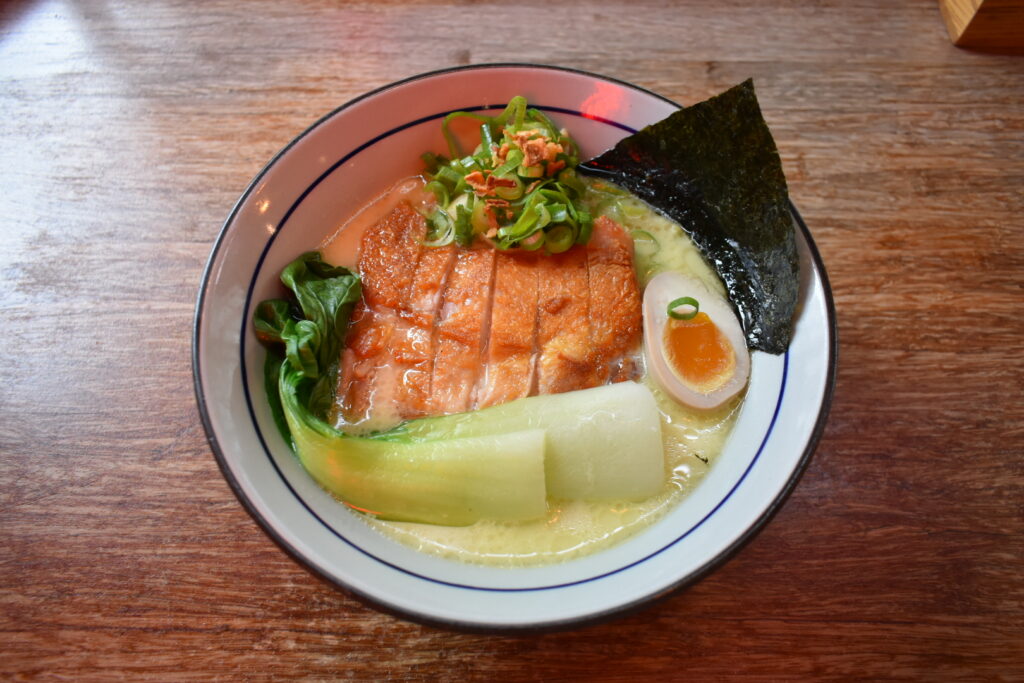
I decided to try their Noukou Chicken Ramen, the first item on the menu and probably their signature dish. It was labeled “Daily Limited,” which made it sound even more special.
The creamy white broth immediately caught my eye — it looked like the kind of ramen that would really appeal to Europeans. Flavor-wise, though, it wasn’t the kind of richness that comes from deep chicken umami. Instead, it had a smooth, emulsified creaminess. It was tasty, but as I kept eating, it started to feel a little heavy — perhaps from the oil or just the overall thickness of the soup. Still, I could see why this style is popular here; the richness and creamy texture fit perfectly with local preferences.
💭 My Conclusion
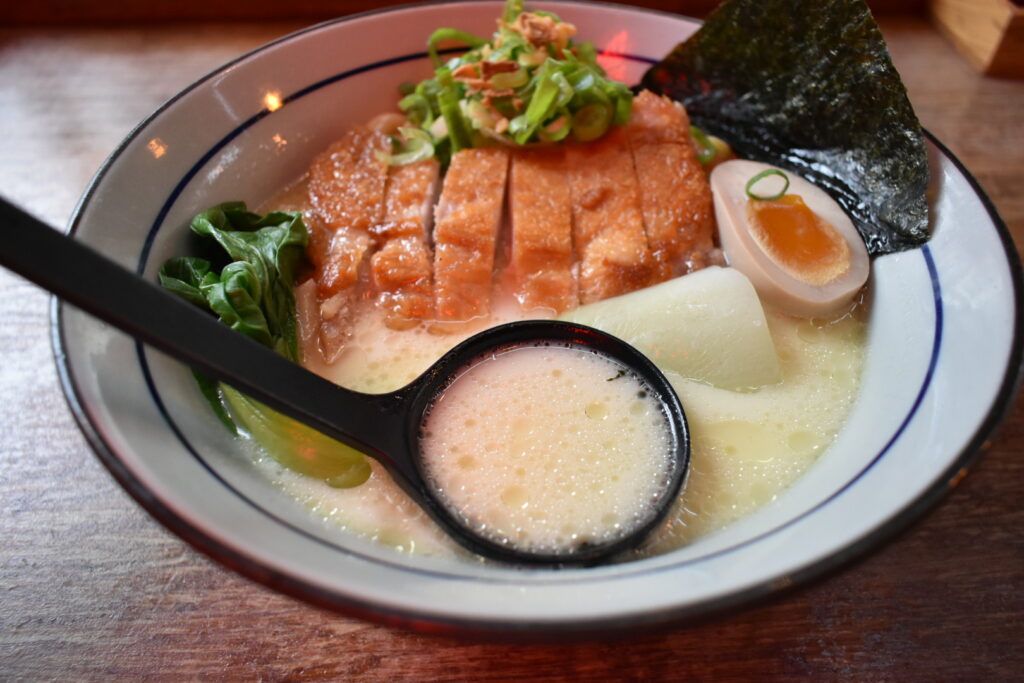
I think in Europe, creamy soups like potage or chowder are often seen as rich and comforting. That’s why a smooth, white broth like Takumi’s looks instantly delicious — it feels familiar in a good way.
For European palates, emulsification isn’t about oiliness, but about umami melting into a silky texture. That’s my conclusion.
Overall, it was a satisfying bowl, but not the kind of flavor I’d crave regularly. It doesn’t have the layered umami or depth often found in more traditional Japanese ramen — instead, it’s more of a comforting, easy-to-enjoy type of bowl. In that sense, it reminds me a bit of “ramen as comfort food” rather than something deeply complex. I can see why it resonates with so many people here, even if it’s not a style I’d personally come back for often. That said, I personally enjoy ramen made by chefs who pour their heart into every bowl — the kind that reflects real passion and craftsmanship.
Wanna Try It Yourself? Here’s Where to Go.
If you’re curious to see what the hype is about, you can find Takumi De Pijp here 👇
